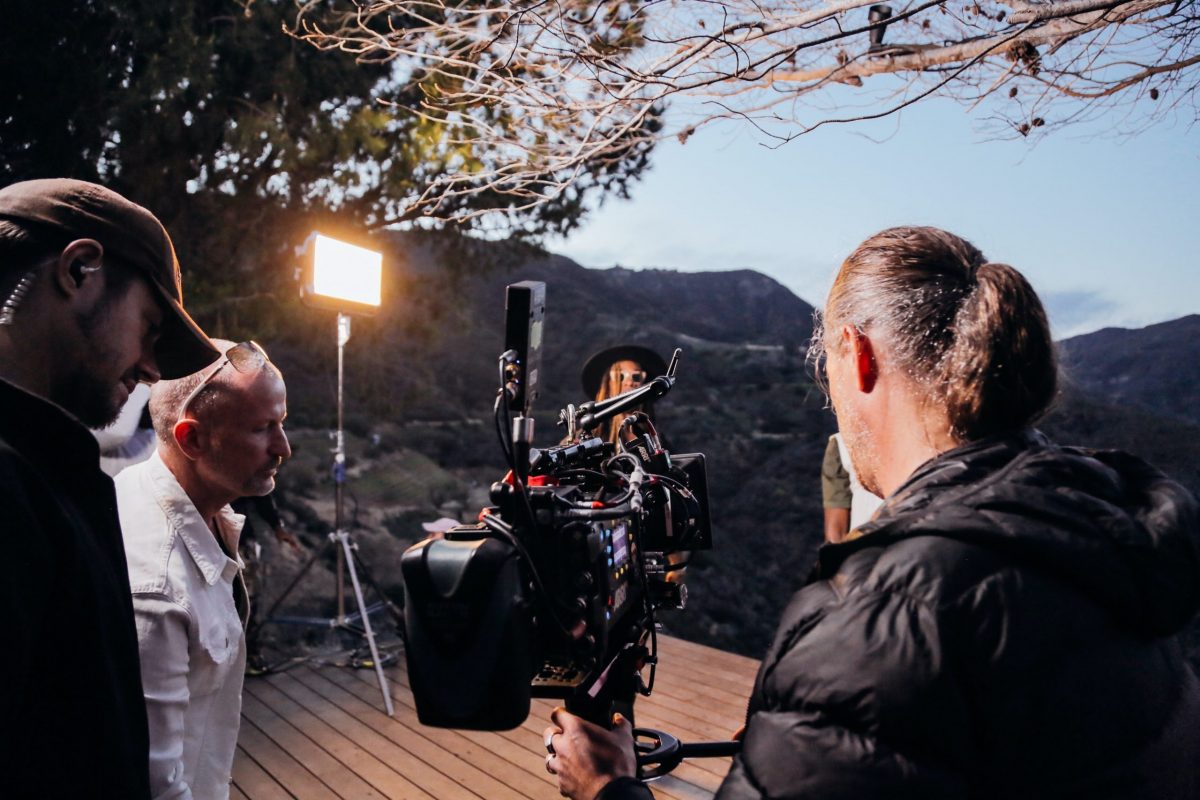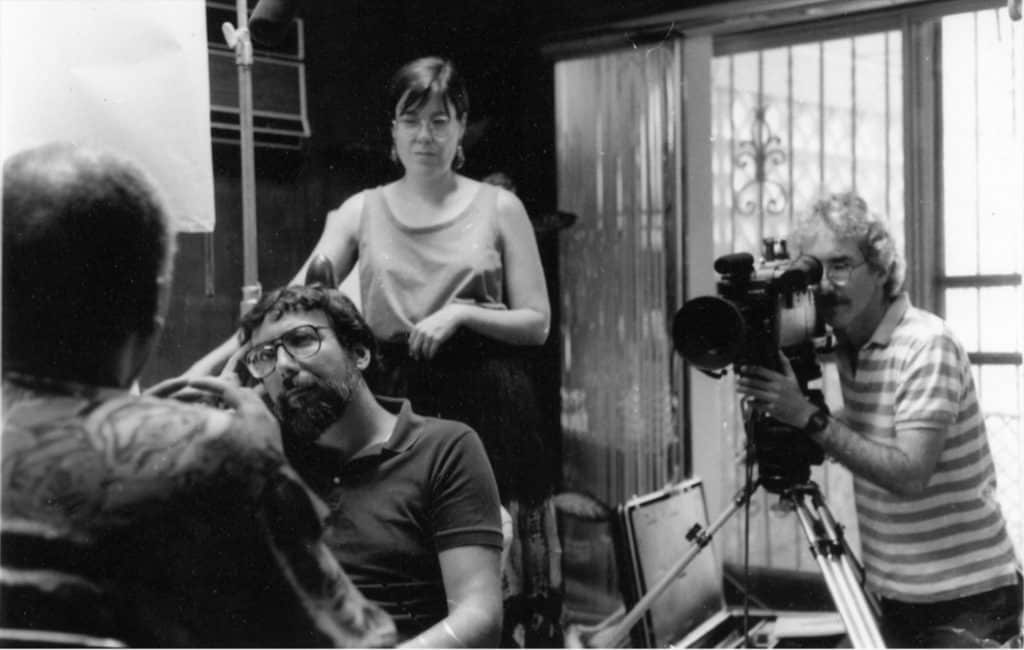Pictured above: Malibu, United States. Production still by Joel Muniz. Follow on Instagram @infraredla @joelmuniz_
Know Your Story Beats
Directing for Impact
Written by Jared Isham
There is a rhythm to a story, a pacing. Sometimes it is fast, sometimes it is slow and sometimes there is no real consistency. As a director, though, it is your job to know the beat your film is setting, something that I refer to as the story beats.
Story beats are present in all stories, movies, written, documentaries, anything story related, really. With that being said, what is a story beat?
If you refer to dictionaries or other online sources such as Wikipedia, you are bound to get a long convoluted definition that takes a large amount of sentence diagramming and analysis (I knew that 5th grade grammar would be of use some day). According to Wikipedia, “story beats are specific, measured, and spaced to create a pace that moves the progress of the story forward. Audiences feel uneven or erratic beats. Uneven beats are the most forgettable or sometimes tedious parts of a film. Erratic beats jolt the audience unnecessarily. Every cinematic genre has a beat that is specific to its development. Action film has significantly more beats (usually events); drama has fewer beats (usually protagonist decisions or discovery). Between each beat a sequence occurs. This sequence is often a series of scenes that relates to the last beat and leads up to the next beat.”
And deep breath. For me that is the most useless bit of information on the topic. How does that help you to understand story beats without causing you to first figure out how to understand that definition? Okay, maybe there are a few things in there that are helpful.
For me, story beats are when new pertinent information is revealed that helps to progress the story. If I could define a story beat with one word, then I would call story beats, “escalations.” Without them you have a mundane, boring story that is more of just a string of events with no real purpose or conflict.
If you remember the scene from the movie, Road to Perdition (2002), when Michael Sullivan is delivering a letter to Calvino, he is placed in a situation of extreme tension. Calvino immediately fears for his life when he hears that Michael has arrived to see him, he shows this by hiding a gun under a newspaper on his desk. Once Michael enters the office to deliver the letter we know something is wrong when Calvino reads what it says. The escalation plays out through reactions throughout the scene each one becoming more extreme ending on the reveal of what the letter says, “Kill Michael and all debts are paid.”
One thing you should know is that story beats do not have to be dialog, they are actions in a scene in response to a situation, they are anything that tells you more about the story and is usually something you didn’t know before.
While we are focusing on the importance of knowing your story beats in directing, it starts much earlier than that. If it is done right in the script writing stage, then it makes it a whole lot easier during the production and the editing process.
So what is an escalation? According to Google, an escalation is a rapid increase or a rise.
In movie terms, what is that? For me, an escalation is when the stakes in the story get worse. In the grand scheme of things this might feel like it will produce a whole heck of a lot of a story beats, which maybe isn’t a bad thing. Take a look at the word beat as defined by Dictionary.com. It says, “to strike violently or forcefully repeatedly.” Notice two things here. There is a level of conflict in the word… and it repeats.
Musically, a beat also incorporates the word repeat. “The audible, visual, or mental marking or metrical division of music.” (Dictionary.com)
So, let’s say you have a piece of music that is written in a 4:4 time signature. There are 48 bars of music which would mean there are 192 beats in that piece of music. That equates to a whole lot more than the 15 beats presented by Blake Snyder and or 22 from John Truby. It is actually 177 or 170 more than them (respectively).
But you are making a movie not writing a song. Okay, think of each scene as a measure of music. It is your job as a director to identify each beat within each scene. Why? You have to keep things moving and on track. As any jazz musician will tell you, “If you miss a beat then you will throw things all off.”
As you go through your script, scene by scene. Make a mark indicating each time there is an escalation. Indicate who the escalation is applied to as there will be different escalations for each character. As you are directing the scene you will know when the beats are, how to accentuate them and really focus on their importance which will help drive your story forward and get your audience to stay “in the car” longer.
If you are really stuck on the John Truby, Blake Snyder approach then just think of them as movements within the full composed piece. If you think of your movie as a piece of music then you will quickly learn that there are less beats in some songs than in others or vice versa. You see each song has its own unique set of beats to fit that songs best. Just like your movie that you are building a unique organic structure with, your beats are going to fluctuate because we are not all writing or making the same movie. Thank goodness.






